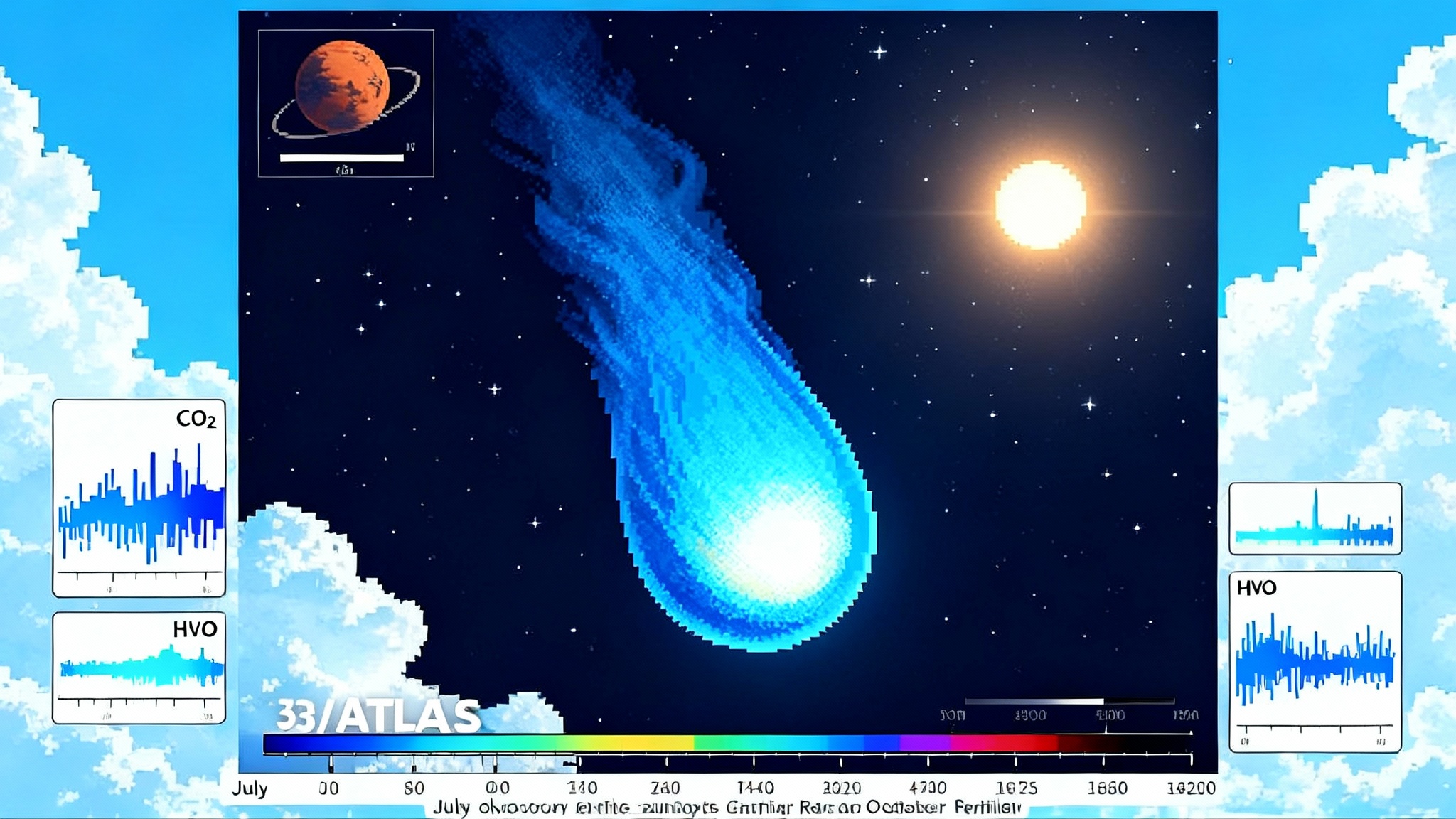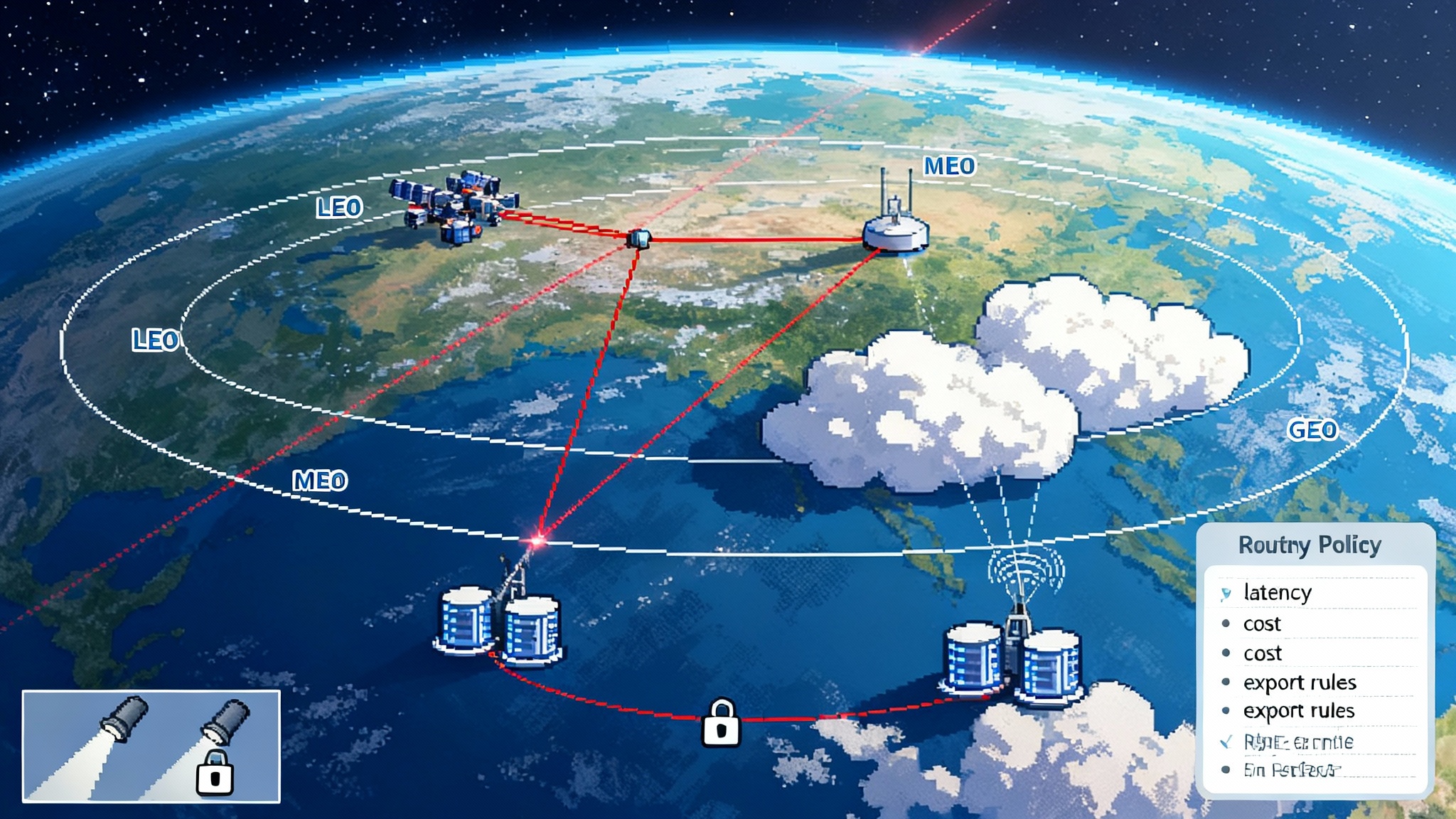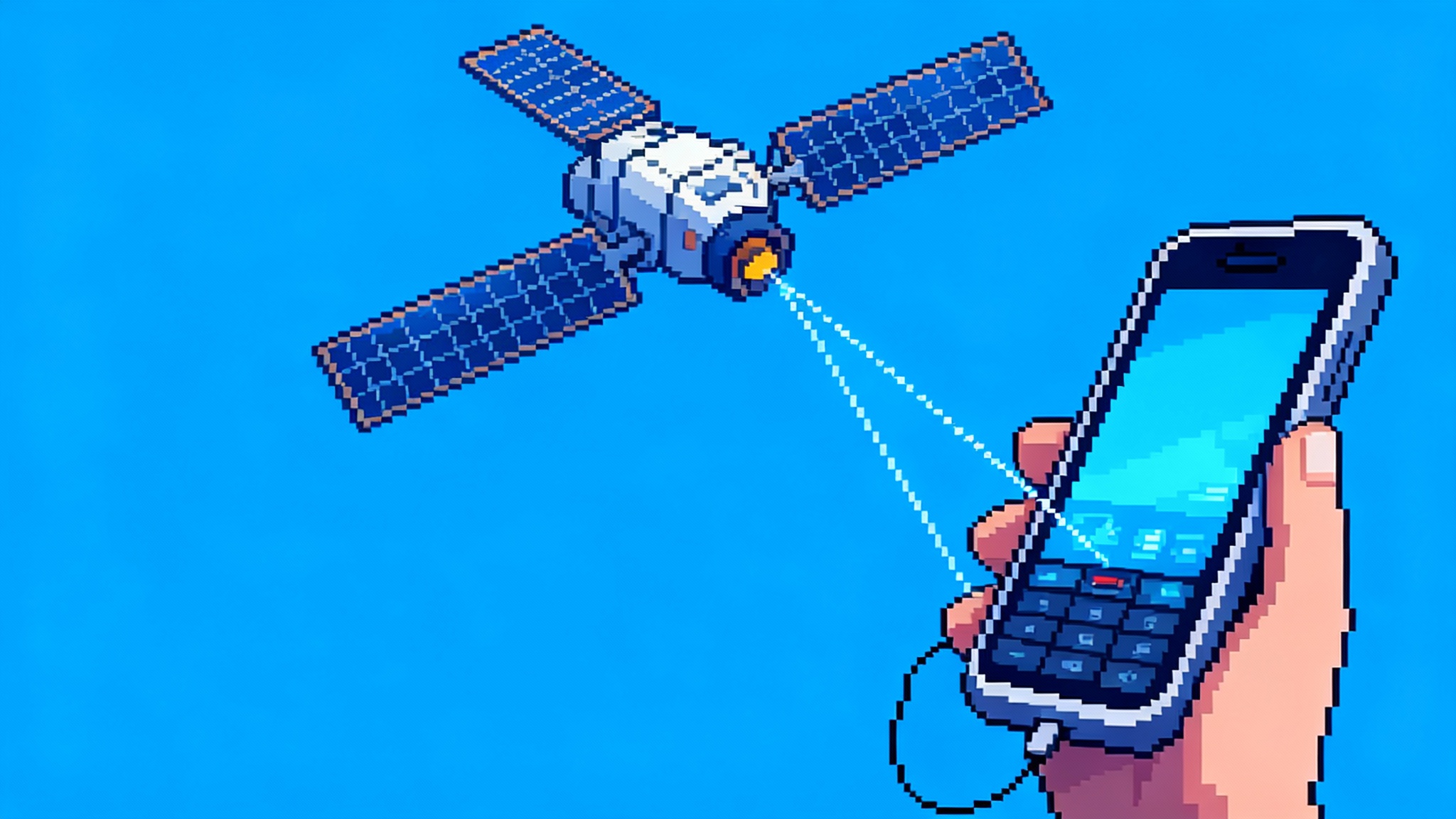3I/ATLAS is here: what it is and why it matters
A rare interstellar comet is crossing our neighborhood right now. Here is the clearest picture from July to September 2025, what early spectra say about its makeup, how it compares to ’Oumuamua and Borisov, and what to watch as it nears the Sun.

The third interstellar visitor, in real time
During July to September 2025, astronomers have been tracking a new object from beyond our Solar System: 3I/ATLAS, the third confirmed interstellar visitor after 1I/ʻOumuamua in 2017 and 2I/Borisov in 2019. Discovered on July 1 by the ATLAS survey in Chile, 3I/ATLAS quickly stood out for its unbound, hyperbolic orbit and its early activity at large distance from the Sun. Hubble imagery in late July sharpened the first look at its size and dust shell, and by early August we had the first space-based spectra. Put simply, 3I/ATLAS is the most data-rich interstellar comet yet, and it is still heating up as it dives toward the Sun.
If you want the snapshot of basic trajectory and size constraints, start with NASA's overview of 3I/ATLAS. It confirms perihelion in late October 2025 at roughly 1.4 AU, inside Mars’s orbit, and shows Hubble’s July image that sets a wide but useful range on nucleus size while revealing a smooth, teardrop dust envelope.
How 3I/ATLAS compares to ’Oumuamua and Borisov
- ’Oumuamua was small, likely a few hundred meters across, showed no clear coma, and surprised everyone with a subtle non-gravitational acceleration. Whatever dust or gas it shed was unusual or very low in dust, which kept it invisible to typical comet gas tracers.
- Borisov behaved like a conventional comet. It displayed a clear coma and tail, classic gas emissions, and a chemistry that fit comfortably within the family of long-period comets.
- 3I/ATLAS looks more like Borisov in broad behavior, but the details are different. It has a visible coma, has been active at large distances, and its early composition signals do not map one-to-one onto standard Solar System comets. That diversity is the point. With just three examples, the interstellar population already spans dust-poor and dust-rich activity, different volatile balances, and different outgassing geometries.
July–September 2025: what the telescopes actually saw
Here is what the multi-mission campaign has delivered so far.
Hubble: size limits and a clean dust cocoon
Hubble imaged 3I/ATLAS on July 21 when the comet was hundreds of millions of miles away. The image shows a smooth, teardrop-shaped coma wrapped around an unresolved nucleus. Using the image’s sharpness and the absence of fine structure close in, teams set an upper limit of a few kilometers for the nucleus, with a lower bound in the few hundred meters range. The takeaway is not the exact number but the fact that 3I/ATLAS is big enough to supply significant gas and dust, yet small enough to hide beneath its own coma at Hubble resolution.
JWST: a CO2-forward comet
In early August, JWST’s NIRSpec instrument delivered the strongest early clue to 3I/ATLAS’s chemistry. The spectrum shows a carbon-dioxide dominated coma with additional signatures from water, carbon monoxide, OCS, water ice, and dust, with outgassing enhanced on the sunward side. One standout metric is a CO2-to-H2O ratio that is among the highest measured in any comet, suggesting either an intrinsically CO2-rich interior or a surface that limits water vapor release while letting CO2 escape more efficiently. See details in the JWST NIRSpec CO2 result.
Swift: early water at long range
The Neil Gehrels Swift Observatory caught ultraviolet emission from OH around 3085 Å on July 31 and August 1, which is a proxy for water. Detecting water this far from the Sun is unusual. The simplest picture is that icy grains lifted off the surface are sublimating in the coma itself, effectively moving the water release away from the nucleus where it is too cold to sublimate efficiently. That was also hinted at by near-infrared detections of fine water ice grains and by the general photometric behavior seen from multiple ground-based facilities.
Ground-based campaigns: color, metals, and cyanide
From July into August, large telescopes in both hemispheres added critical texture:
- Continuum spectra and broadband colors showed a red optical slope, common among distant icy bodies, with hints of a turnover into neutral or slightly blue slopes in the near infrared. That is often interpreted as complex organics mixed with ice and dark dust, altered by long exposure to radiation.
- High-resolution spectroscopy detected atomic nickel and later cyanide emission. The nickel detection ahead of cyanide is a twist on the usual sequence of comet gas detections, and it has already triggered follow-up modeling on how nickel-bearing compounds might be liberated or chemically processed in interstellar comets.
- Polarimetric measurements at small phase angles reported an unusually deep negative polarization branch. That pattern points to a peculiar mix of very fine grains and surface texture that does not align neatly with most Solar System comets or with 2I/Borisov, which showed a different polarization signature.
Together, these threads paint a picture of an active comet whose dust is exceptionally fine and whose volatile inventory is weighted toward CO2 relative to water at the distances sampled so far.
What the chemistry implies about origins
With just a few key ratios and detections, you can start to map 3I/ATLAS onto a formative environment:
- High CO2 relative to H2O suggests formation near or beyond the CO2 ice line in its natal disk, or later surface processing that suppresses water escape. In many protoplanetary disks, CO2 condenses farther from the star than water, in colder regions where ices tend to be more pristine and radiation chemistry can be intense over time.
- Fine, sub-micron water ice grains in the coma imply that the nucleus is exporting very small particles. That can happen when volatile gases percolate through a porous crust and loft surface material, or when fragile aggregates break up as they enter sunlight.
- Early water detection at 3.5 AU points to extended sources like icy grains rather than pure nucleus sublimation. If water often rides out on grains, the nucleus could retain a cooler surface while still releasing water into the coma.
- Nickel emission without concurrent iron is odd because those metals commonly track together in comets. One possibility is that certain nickel-bearing organometallic compounds break down more readily under solar UV, or that grains contain nickel-rich phases that vaporize at slightly different rates. Either way, the means of releasing refractory metals can vary with composition and irradiation history.
Put these together and you get a plausible formation path: 3I/ATLAS likely accreted in a cold, CO2-friendly zone, where water ice formed amorphously and was later compacted or coated by organics. It may have spent billions of years in interstellar space, where cosmic rays and UV slowly cooked its surface, before a gravitational encounter ejected it from its birth system.
Why 3I/ATLAS is not just another pretty comet
Interstellar comets are samples from other planetary systems. Each one carries the chemical fingerprints of its birth zone and the processing it endured along the way. If 3I/ATLAS is intrinsically CO2 rich, that immediately tells us something about where solids condensed and how volatiles were partitioned around other stars. If its dust is unusually fine, that tells us something about the glue that holds grains together and how easily those grains fracture under weak heating.
Most importantly, 3I/ATLAS is a test of how organic molecules and water ice travel between stars. The presence of water-related emission and carbon-bearing volatiles means that solids capable of carrying prebiotic ingredients can, in principle, be delivered across systems. The point is not to claim life is being seeded. It is to quantify how often icy, organic-rich solids get ejected, how they survive interstellar travel, and whether they can deposit material when they pass through other systems.
The clock to perihelion: what to watch in late September and October
Perihelion is forecast for around October 29–30, 2025. Here is what matters in the lead-up:
- Brightness and color changes: If activity continues to rise super-linearly with temperature, the coma could brighten and change color as different molecules dominate at different temperatures. Watch for reports of green hues if the balance of CN and C2 strengthens, and for blueward trends if fresh, fine ice grains surge.
- Gas ratios with time: Does the CO2-to-H2O ratio drop as more heat reaches the interior, or does it remain high? A pivot toward stronger water relative to CO2 near 2 AU would argue for previously insulated ice layers waking up.
- Dust grain sizes: Polarimetry and thermal infrared data can track whether the dust population shifts toward larger grains. A move toward larger grains would change the polarization curve and the coma’s texture in high-resolution images.
- Metal lines and unusual species: Continuation of nickel without iron would be an important constraint on release mechanisms. The first solid iron detections, if they appear, would help calibrate how refractory metals are stored in interstellar comets.
- Outbursts or fragmentation: Thermal stress can crack surfaces. Any sudden photometric jumps or appearance of jets would reveal weak layers and how volatile reservoirs are arranged.
- Geometry and visibility: Low solar elongation will hide 3I/ATLAS for part of October and November. Expect a lull in direct imaging from Earth, followed by a reappearance in early December for follow-up at larger distance.
The big picture for planet formation
Three interstellar objects, three different stories:
- ’Oumuamua showed that rocky or devolatilized bodies get ejected too, not just icy ones.
- Borisov showed that some interstellar planetesimals carry familiar comet signatures and behave like our own Oort Cloud comets.
- 3I/ATLAS is hinting that CO2 may be more abundant in some birth zones, that water can emerge from coma grains far from the Sun, and that dust can skew toward ultra-fine populations.
Those differences do more than fill in a catalog. They constrain the physics of planetesimal formation. High CO2 abundance points to efficient trapping of carbon-bearing volatiles in outer disk pebbles. Fine dust implies fragile aggregates that may form by gentle sticking rather than compaction. Early water from coma grains suggests a surface that is sealed or shaded enough to delay direct water sublimation. Each of these clues tightens models of how pebbles grow, drift, and clump into kilometer-scale bodies beyond other stars.
The cross-system angle matters too. Ejecting icy, organic-laden bodies is a natural byproduct of giant-planet formation. If ejected bodies like 3I/ATLAS are common, then the Milky Way is quietly trading raw materials between stars. That does not guarantee delivery to planets, but it raises the odds that some systems receive extrasolar doses of water and organics over time. With more interstellar comets, we can move from anecdotes to rates.
How this campaign is different
3I/ATLAS is the first interstellar comet tracked from discovery with a fully modern toolkit across the spectrum: Hubble for high-resolution imaging, JWST for infrared composition, Swift for ultraviolet water tracers, and a global network of ground-based telescopes for rapid spectroscopy, photometry, and polarimetry. The cadence matters. When the comet slipped behind the Sun from Earth’s perspective, space assets could still probe chemistry. When space telescopes are oversubscribed, ground-based polarimetry and high-resolution spectroscopy catch fast changes.
The playbook is accelerating. Pipeline reductions now turn spectra into gas production rates within days. Target-of-opportunity triggers move time on big telescopes in hours, not months. That is why we are already talking about CO2 dominance and water grains weeks after first light with JWST, rather than years.
Bottom line
3I/ATLAS is an active, dust-rich interstellar comet that looks chemically distinct. It is brighter and more classical-looking than ’Oumuamua, but chemically stranger than Borisov. Early work points to a CO2-forward interior, fine water ice grains, and unusual metal-line behavior. The next six weeks are the critical window as it warms toward perihelion. If the gas ratios evolve, if dust grains grow, or if outbursts occur, we will sharpen the story of where it formed and how it has been processed since then.
If you remember just one thing, make it this: each interstellar visitor is a sample return mission delivered by nature. Catching the chemistry in real time is how we turn a once-in-a-decade flyby into a durable constraint on how planets and organic inventory form across the Galaxy.






